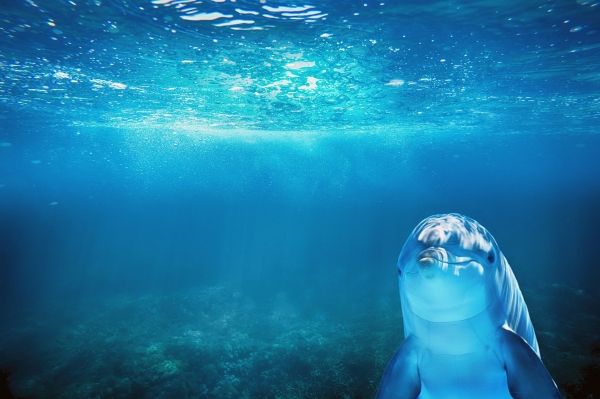A new study demonstrates for the first time that dolphins can learn foraging techniques outside the mother-calf bond – showing that they have a similar cultural nature to great apes.
The dolphins of Shark Bay, Western Australia, are well known to scientists and have been closely studied for more than 35 years.
In the mid-1990s the first instances of an extraordinary new foraging technique called “shelling” were recorded by the team.
Shelling is a tactic used by dolphins when prey hides inside large empty shells of giant sea snails found in Shark Bay. They use their beaks to bring these shells to the surface and then shake the trapped food into their mouths – like the last few crisps at the bottom of a packet.
Foraging techniques in Shark Bay are typically passed on from dolphin mothers to their offspring – what researchers refer to as vertical social transmission. This transmission between generations was considered the only way dolphins learned foraging methods.
Read more at University of Leeds
Image by enriquelopezgarre from Pixabay


